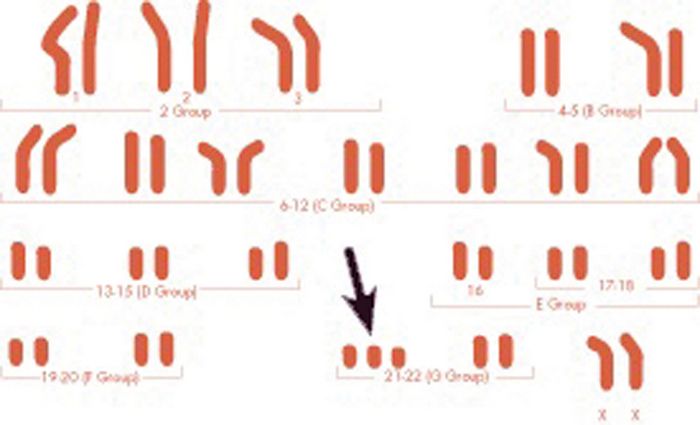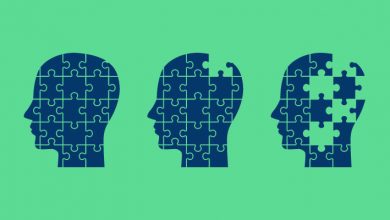

Child Health
By Dr Shan Narayanan
Down Syndrome is a Genetic Disorder. An individual with Down Syndrome has all or part of a third copy of chromosome 21. Thus they have 3 chromosomes in position 21, and therefore it is also called trisomy 21.


This syndrome was fully described by a British doctor, John Langdon Down in 1866. Hence it is called Down Syndrome. It is the most common chromosomal abnormality in humans. It occurs 1 in 1000 babies. It occurs in all races and economic levels.


They have an increased risk for certain medical conditions like congenital heart disease, respiratory problems, hearing problems, squint, duodenal atresia, undescended testes and low muscle tone.
Every child with Down Syndrome is unique and they have the above characteristics and associations at different degrees. However, they all have growth delay and intellectual disability.
The incidence of birth of children with Down Syndrome increases with the mother’s age. As mother’s eggs age, there is a higher risk of the chromosome dividing incorrectly. Therefore the risk of Down Syndrome increases with the mother’s age:
| Mother’s Age | Chances of having a child with Down Syndrome |
| 20 | 1 in 11,600 |
| 25 | 1 in 1300 |
| 30 | 1 in 1000 |
| 35 | 1 in 365 |
| 40 | I in 90 |
| 45 | 1 in 30 |
Couples who have had one child with Down Syndrome have a slightly increased chance (1%) of having another child with Down Syndrome. Parents who are carriers of the genetic translocation are at increased risk of having a child with Down Syndrome.
There are screening tests that can indicate a possible increased risk of having a child with Down Syndrome. These include blood tests and Ultrasound Scan in early pregnancy.
If the results of these tests are suspicious then tests with more definite answers called diagnostic test is done. These are :
- Chorionic Villous Sampling, done around 10 to 12 weeks of pregnancy.
- Amniocentesis done around 15 to 20 weeks of pregnancy.
There is no cure for Down Syndrome. These children have developmental delays leading on to learning difficulties of varying severity. They benefit from early intervention which includes speech therapy, physiotherapy and occupational therapy. The various medical conditions associated with Down Syndrome can be treated.
They need more support in school. In our system most of these children go into special education. In other countries, children with Down Syndrome with mild learning difficulty go into mainstream school with extra support.
Individuals with Down Syndrome with mild learning difficulty may lead an independent life and gain employment with support. However, many of these individuals will need a lot of support throughout their life. With improving health care, these individuals live a healthier life and longer.
World Down Syndrome Day is on March 21. This day was chosen for the trisomy of the 21st chromosome. The United Nations has officially observed this global awareness day since 2012.
In conjunction with World Down Syndrome Day, Hospital Fatimah is having a Public Forum on Down Syndrome on March 21 at 2pm in the Hospital Conference Hall.


